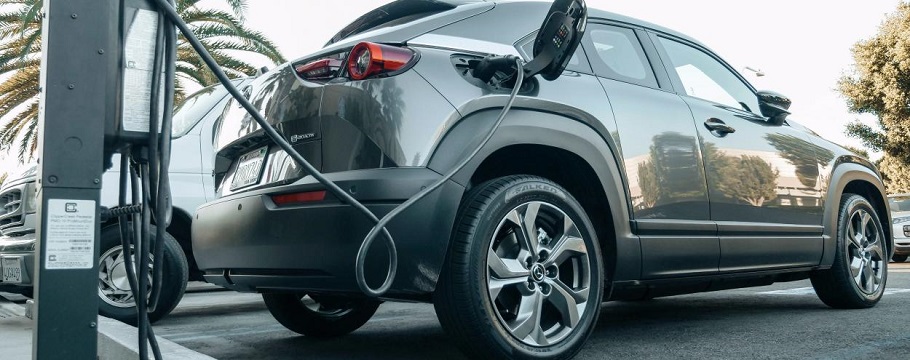Are EVs driving a carbon neutral future? Not without accelerating clean energy and a trained workforce
Conventional wisdom dictates that electric vehicles (EVs) are the cleanest alternative to cars burning fossil-fuels. The federal government’s target of 100% zero-emission vehicle sales by 2035 is based on the widespread adoption of EVs, and consumers are buying plug-in cars in record numbers. Last December, when Environment Minister Steven Guilbeault announced regulated targets for EV sales in the Electric Vehicle Availability Standard he declared, “There’s no mistaking it. We are at a tipping point.”

If these trends continue, we’ll be well on our way to driving ourselves to a decarbonized future in Canada.
There’s only one problem: the use of electric vehicles is not completely emission-free. At least not yet. That’s because EVs are only as clean as their energy supply and the electricity used to charge these vehicles is largely from fossil fuels, which generate greenhouse gases. It’s the EV industry’s Achilles heel.
This reality is important to acknowledge if we’re serious about decarbonization. It’s true that the emissions connected to EVs are significantly less than internal combustion engines – and the transition to EVs is a giant leap in the right direction – but without changing the way power is generated, we’ll never truly reach 100% zero emission vehicles, even if every driveway, parking spot and utility pole in Canada had a plug on it.
What’s the solution? Renewable energy sources like wind and solar power are key to weaning ourselves off carbon-emitting fossil fuels. Let’s take wind, for example. Wind power has excellent potential to increase the supply of renewable energy to the grid because it’s reliable – it’s not limited by cloudy days and the earth’s daily rotation into darkness – and as a coastal country, offshore wind poses a huge opportunity.
But we’re not there yet. Despite the fact that the federal government and the provinces are committing tens of billions to the EV industry to reduce pollution from vehicles ($14.4 billion to Volkswagen, up to $15 billion to Stellantis for example), so far there hasn’t been the same incentives and investment in greening up the grid. Why not? We need significant investment led by the government to incentivize clean energy producers to come to Canada, the same way we’ve enticed the EV manufacturers.
The good news is that at George Brown College we share Minister Guilbeault’s view that we’re at a tipping point and the industry is showing signals of change. Clean Energy Canada predicts that demand for clean energy jobs will grow by almost 50% by 2030 and the Global Wind Energy Council estimates that over half a million new wind technicians will be needed by 2026. Our newly launched wind technician training program is designed to meet the demands of a growing sector, ensuring that we’ve got a workforce skilled in servicing, diagnosing, repairing wind turbines and related equipment. This, along with our EV technician program launched in 2022 is how we’re supporting the clean energy sector.
The federal government’s decarbonization strategy makes sense – we need to act boldly to address climate change – and we’ve made great strides when it comes to increasing EV adoption. But the missing link remains clean energy. As we’ve seen with electric vehicles, incentives and investment are effective tools in spurring the change we want to see. Now, to truly lead the way to decarbonization, the government needs to acknowledge the dirty little secret of EVs and take similar action to green the grid.
Read this article by Colin Simpson on the EnvironmentJournal website.
About the author:

Colin Simpson is the dean of Continuing Education at George Brown College, where a new Wind Turbine Technician program has recently launched. Colin has a Doctorate in Electrical Engineering from the University of Hawaii and was awarded a Doctor of Letters, Honoris Causa, from Nipissing University. He is also an award-winning author and has over 500,000 textbooks in print. His best-selling book, Principles of Electronics, is used by over 1,000 colleges and universities around the world.
